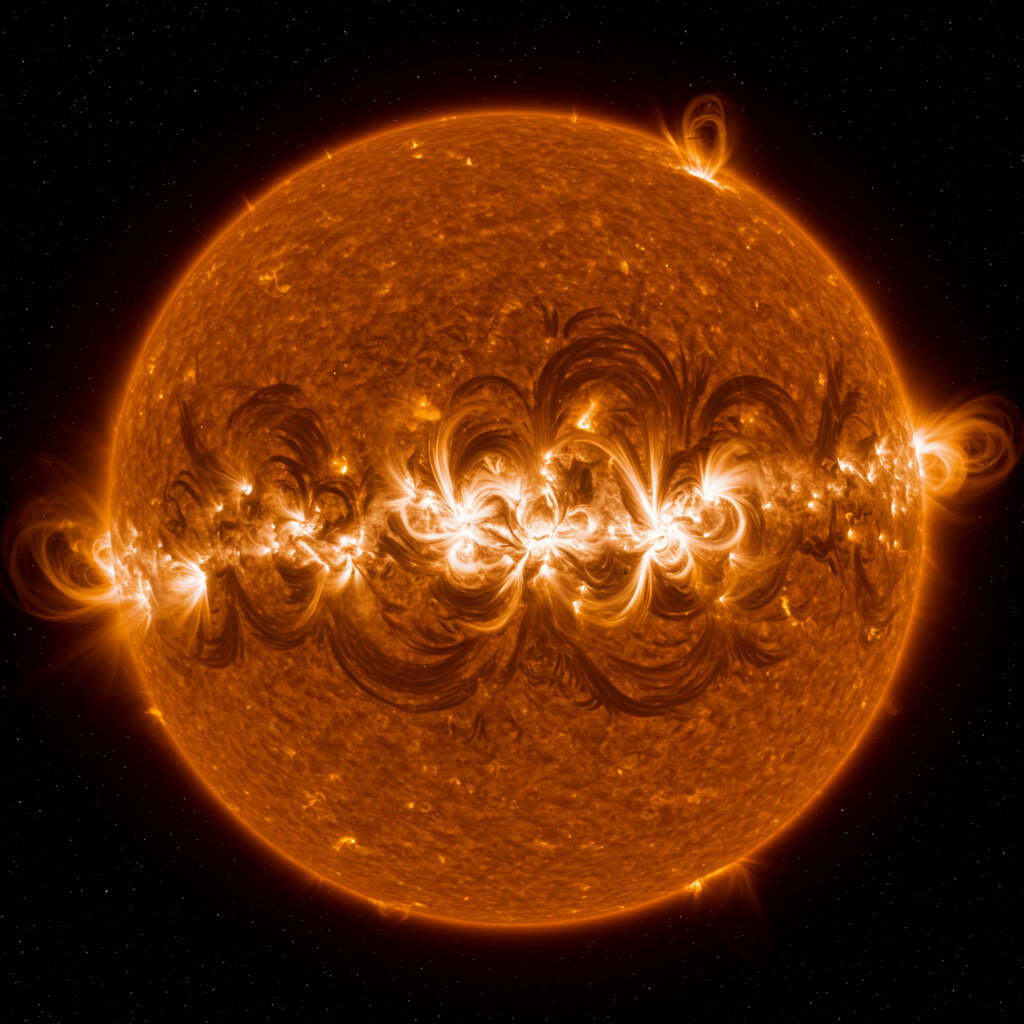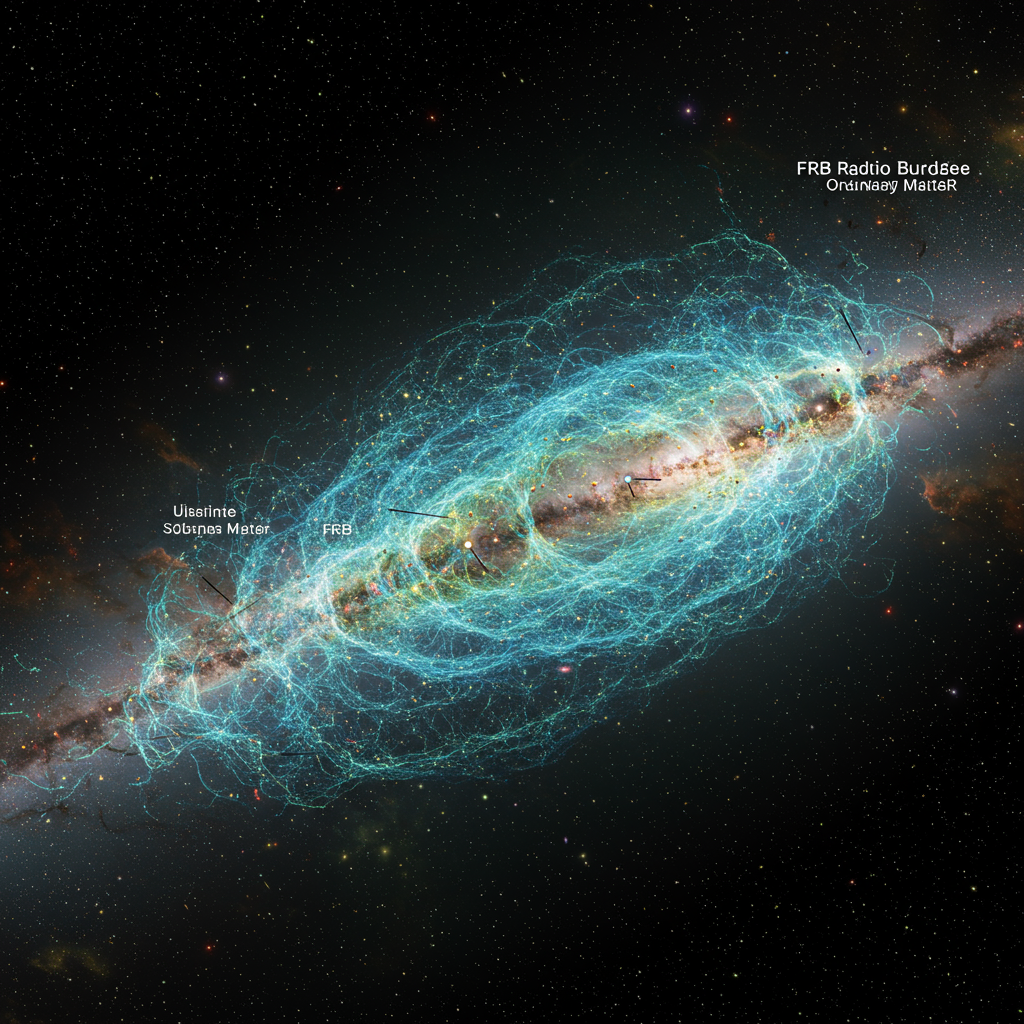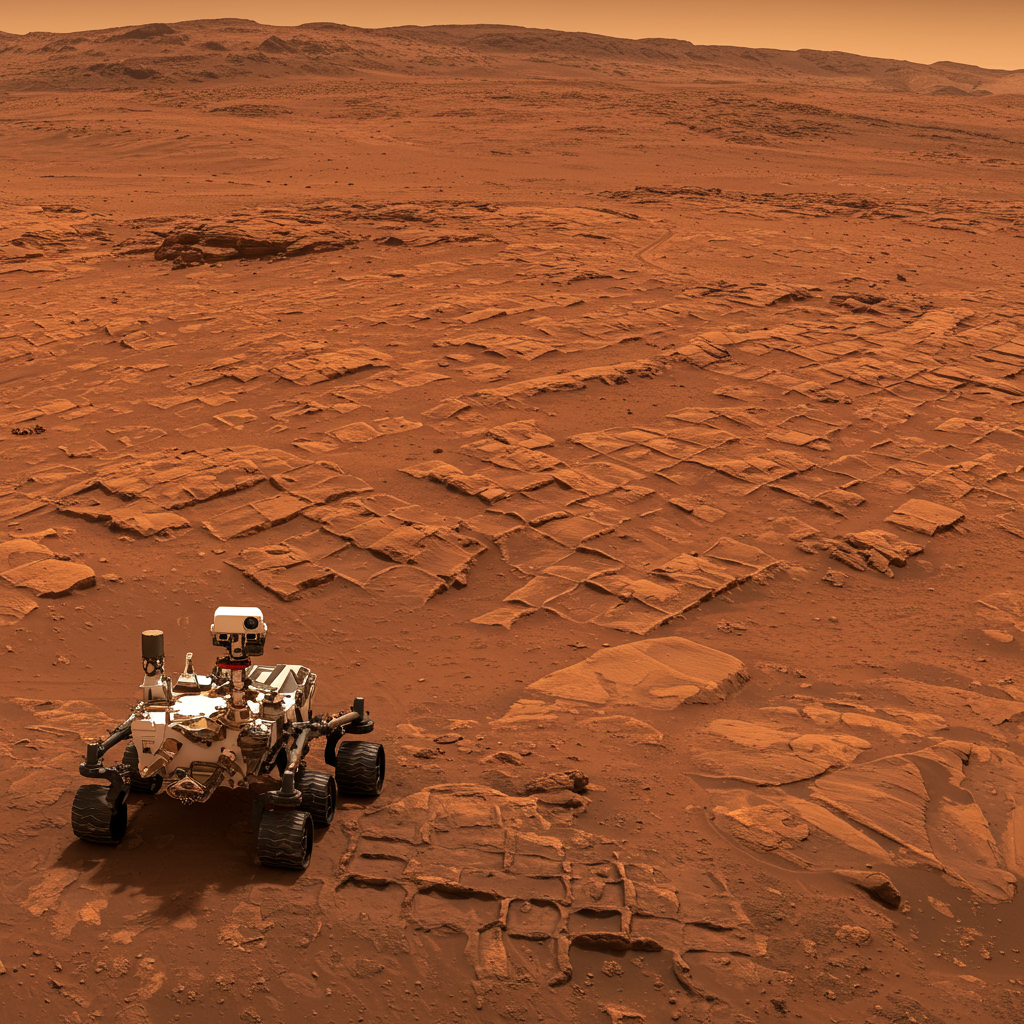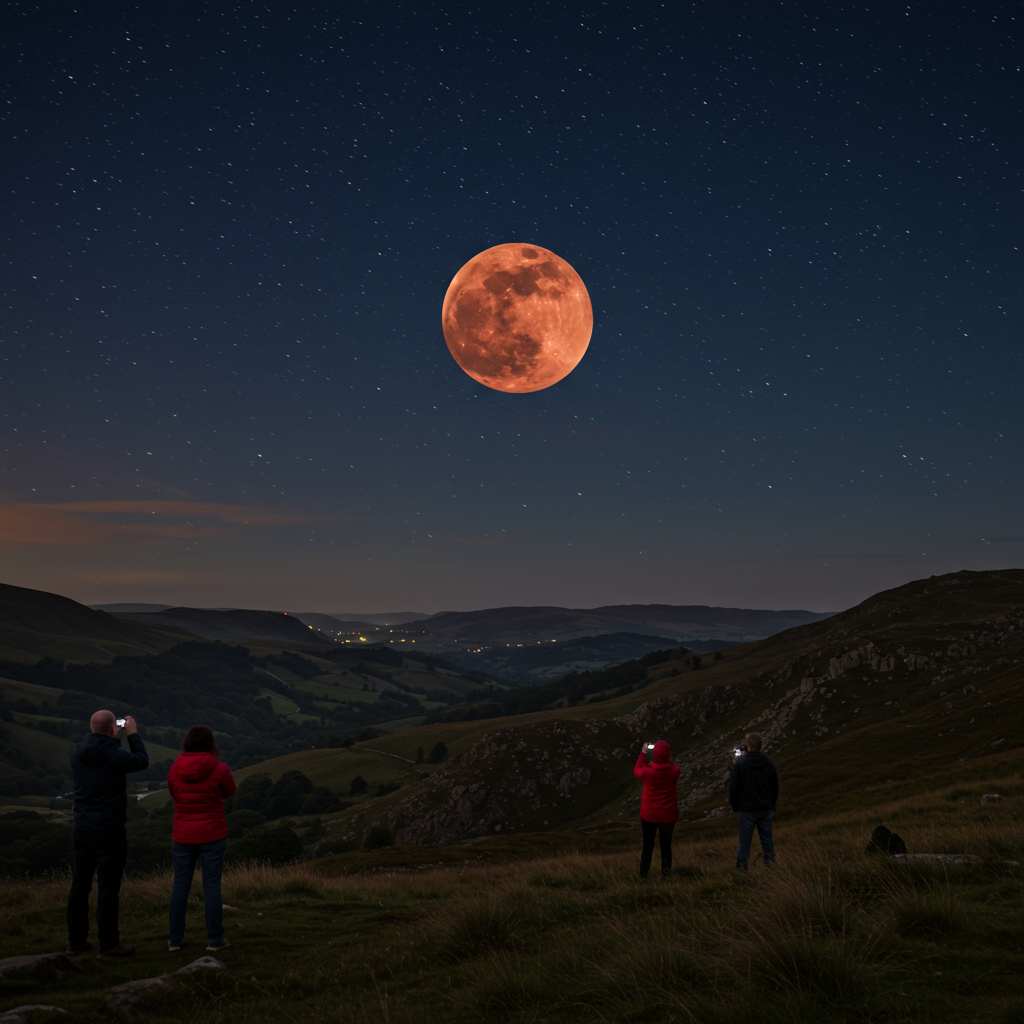For the first time in history, humanity is getting an unprecedented look at the Sun’s elusive south pole, thanks to the European Space Agency’s (ESA) Solar Orbiter mission, a collaboration with NASA. These groundbreaking images, captured earlier this year, offer scientists a crucial new perspective on our star and promise to unlock secrets about its powerful magnetic activity and the space weather it generates.
Getting a clear view of the Sun’s poles is no easy feat. Most spacecraft and ground-based telescopes observe our star from the ecliptic plane – the relatively flat plane where planets orbit. The Sun’s poles are typically only seen edge-on from this vantage point. To overcome this, the Solar Orbiter is specifically designed to gradually tilt its orbit out of this plane, using gravitational assists from Venus flybys. It recently reached an angle of around 15-17 degrees below the solar equator, providing the unique view needed to photograph the south pole directly.
Why Study the Sun’s Poles?
Understanding the Sun’s polar regions is vital for comprehending its fundamental behavior. The Sun operates on an approximately 11-year cycle, transitioning between quiet periods and highly active phases marked by sunspots, solar flares, and coronal mass ejections (CMEs). A key part of this cycle is the Sun’s magnetic field, which completely reverses polarity roughly every 11 years. Scientists believe the processes happening at the poles are critical drivers and indicators of this magnetic flip and the overall solar cycle.
The poles are particularly important because magnetic field lines migrate towards them throughout the cycle, eventually leading to the field reversal. However, directly observing this process has been a “missing piece of the puzzle” for building accurate models of solar activity and predicting space weather.
First Look Reveals Chaotic Magnetism
Initial data and images from Solar Orbiter’s suite of instruments are already confirming long-held predictions. Observations from the Polarimetric and Helioseismic Imager (PHI) instrument, which maps the Sun’s magnetic field on its surface, revealed something fascinating: the magnetic field at the south pole is not a simple, single polarity like Earth’s poles. Instead, it’s a complex, tangled patchwork of both north and south magnetic polarities mixed together.
This “state of turmoil” in the polar magnetic field is exactly what scientists expected to see during the current phase of the solar cycle – solar maximum – when the Sun’s magnetic field is highly complex and preparing for its global reversal. This direct visual evidence supports the theory that these chaotic magnetic structures at the poles play a vital role in the large-scale magnetic field flip.
Other instruments like the Extreme Ultraviolet Imager (EUI) and the Spectral Imaging of the Coronal Environment (SPICE) are providing unprecedented views of the atmosphere above the pole, showing hot plasma reaching a million degrees Celsius and tracking the movement of chemical elements that contribute to the solar wind – the constant stream of particles flowing out from the Sun.
A New Era for Solar Science
While a previous mission, NASA’s Ulysses probe (1990-2009), did fly over the Sun’s poles and collected valuable data on particles and magnetic fields, it lacked imaging capabilities. Solar Orbiter is the first to provide actual photographs, adding a visual dimension that significantly enhances scientific understanding and public engagement.
Scientists hail these first polar views as the “beginning of a new era of solar science.” Improved understanding of the Sun’s polar magnetic fields and plasma flows is crucial for enhancing space weather forecasts. Predicting solar storms is vital for protecting critical infrastructure on Earth, including power grids, satellite communications, and navigation systems.
This is just the start. Solar Orbiter will continue to use Venus flybys to increase its orbital tilt, aiming to reach 24 degrees by late 2026 and an impressive 33 degrees by 2029. These future passes will offer even better, more sustained views of both the north and south poles, promising to fundamentally transform our understanding of the Sun, its magnetic field, the solar wind, and solar activity for years to come.




